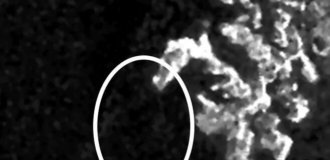A giant iceberg almost swept polar explorers into the sea (11 photos + 2 videos)
Huge iceberg, the area is equal to populous modern city, broke away from the ice shelf of Antarctica. it occurred near the Halley research station, where at that time British researchers worked. 

Huge iceberg breaks off Brunt Ice Shelf in Antarctica only 19 km from where the research station works British scientists. The iceberg has a thickness of 150 meters and an area of 1550 sq. km. almost like Greater London. It broke off, forming a giant crack, which bisected the Abyss 1 ice shelf, which since 2012 annually increased by about 4 kilometers. 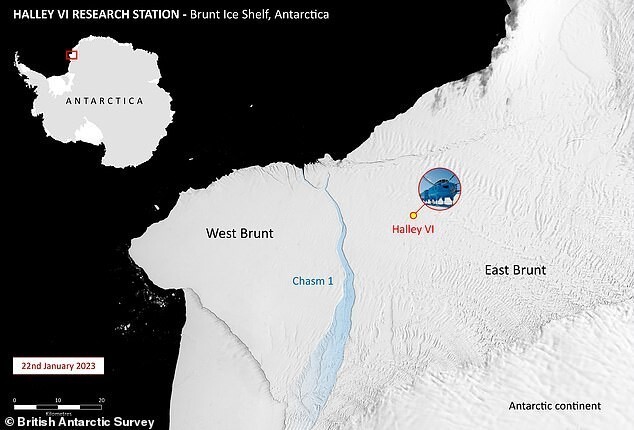
GPS sensors picked up movement in the interior of Abyss 1 between 19:00 and 20:00 on Sunday, when the crack has already spread almost all over the shelf. Fortunately, all 21 employees British Antarctic Survey Halley Research Station (BAS) were completely safe as they prepared in advance for such turn of events. 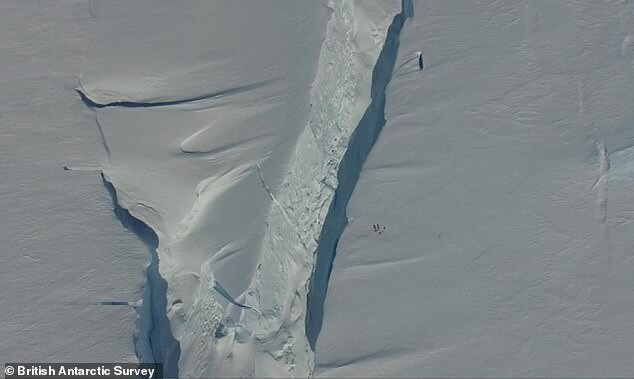
“Measurements of the ice shelf are taken several times a day from using an automated network of high-precision GPS instruments, surrounding the station,” said Professor Jane Francis, director of BAS. - They measure how the ice shelf is deforming and moving, and compared with ESA, NASA and German satellite imagery TerraSAR-X. All data is sent to Cambridge for analysis, so we we know what happens even in the Antarctic winter - when there is no personnel, it’s dark around the clock, and the temperature drops below -50”. 
Glaciologists have confirmed that the area of ice on which the station is located is not affected by the destruction. 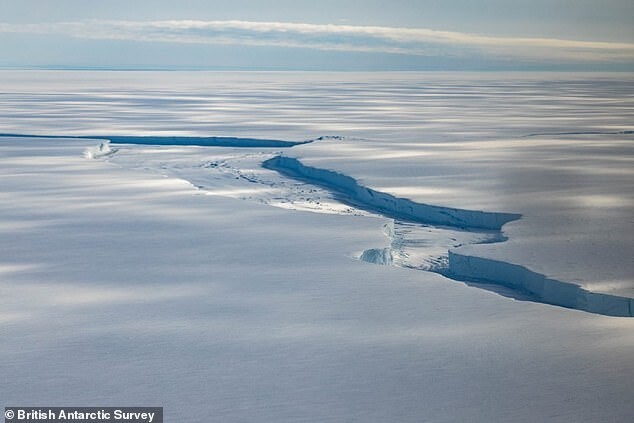
In 2016, the continued growth of Abyss 1 prompted BAS to move the station 23 kilometers inland. 
According to scientists, the split was completely natural, in no way related to climate change. "This incident was expected and is part of the natural behavior of the Brunt Ice Shelf, says Prof. Dominic Hodgson, BAS glaciologist. - Our scientific team continues to monitor the ice shelf in real time, to ensure the safety of the people on it and to support the execution scientific research that we are doing in Halle.
The split is a natural phenomenon caused by the progressive movement of the glacier, making its ends unstable. During the split part of the tip of the glacier falls off, often forming icebergs. 
Although the current lost part of the glacier is not the largest iceberg, breakaway from Antarctica, however this is the largest piece lost ice shelf since over 100 years ago, in 1915, scientists began to observe this phenomenon.
"Abyss 1" was inactive for at least 35 years, until 2012, when satellite monitoring showed that she began to move. In 2015 and In 2016, scientists used radar technology penetrating into the ice, and satellite imagery to determine the path that might go crack, and the rate at which it can grow. And by December 2022 years, the crack crossed most of the ice shelf, initiating split. 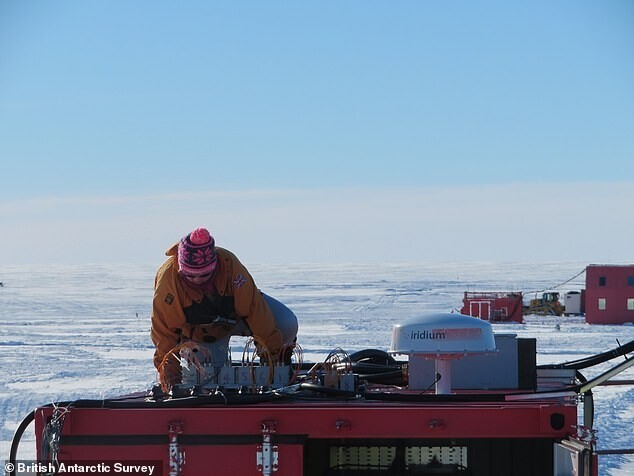
The now formed giant iceberg, which will be named after US National Ice Center, drifting in the Weddell Sea. Glaciologists will track its movement.
The research center "Halley VI" is of world importance, because it is a platform for observations of the atmosphere and space weather in a climate-sensitive zone. During the last six winters it remained unoccupied due to the difficult glaciological situation. However however, during the period from November to March, personnel remain there for maintenance equipment that allows scientists to remotely monitor experiments in winter. Those who are currently on stations, should be taken out by plane around 6 February.
img src="https://cn22.nevsedoma.com.ua/p/26/2629/145_files/c5b49e1b1379387ae36dbfa7aa297213.jpg">
This is the second major break in the Brunt Ice Shelf in the last two of the year. The first one happened in February 2021. In November 2020, a major the fault, called the Northern fault, began to break through the ice and continued expand before the start of the new year. As a result, it broke away from the glacier an iceberg with an area of 1270 sq. km called A74. Breaking away from the vast ice shelf, he went to drift into the Weddell Sea. 
The Brunt Ice Shelf consists of glacial ice that was originally fell in the form of snow in Antarctica, and then flowed from the land into the sea. They are now continues to drain at a speed of up to 2 kilometers per year westward into side of the sea, where at unequal intervals from this process are formed icebergs. In 2021, an iceberg with an area of about 1000 sq. km touched the western Brunt Ice Shelf, but did not split Abyss 1. There were fears that if he hit harder, it would eventually lead to the fact that the block would have broken away from the main ice shelf back then.




